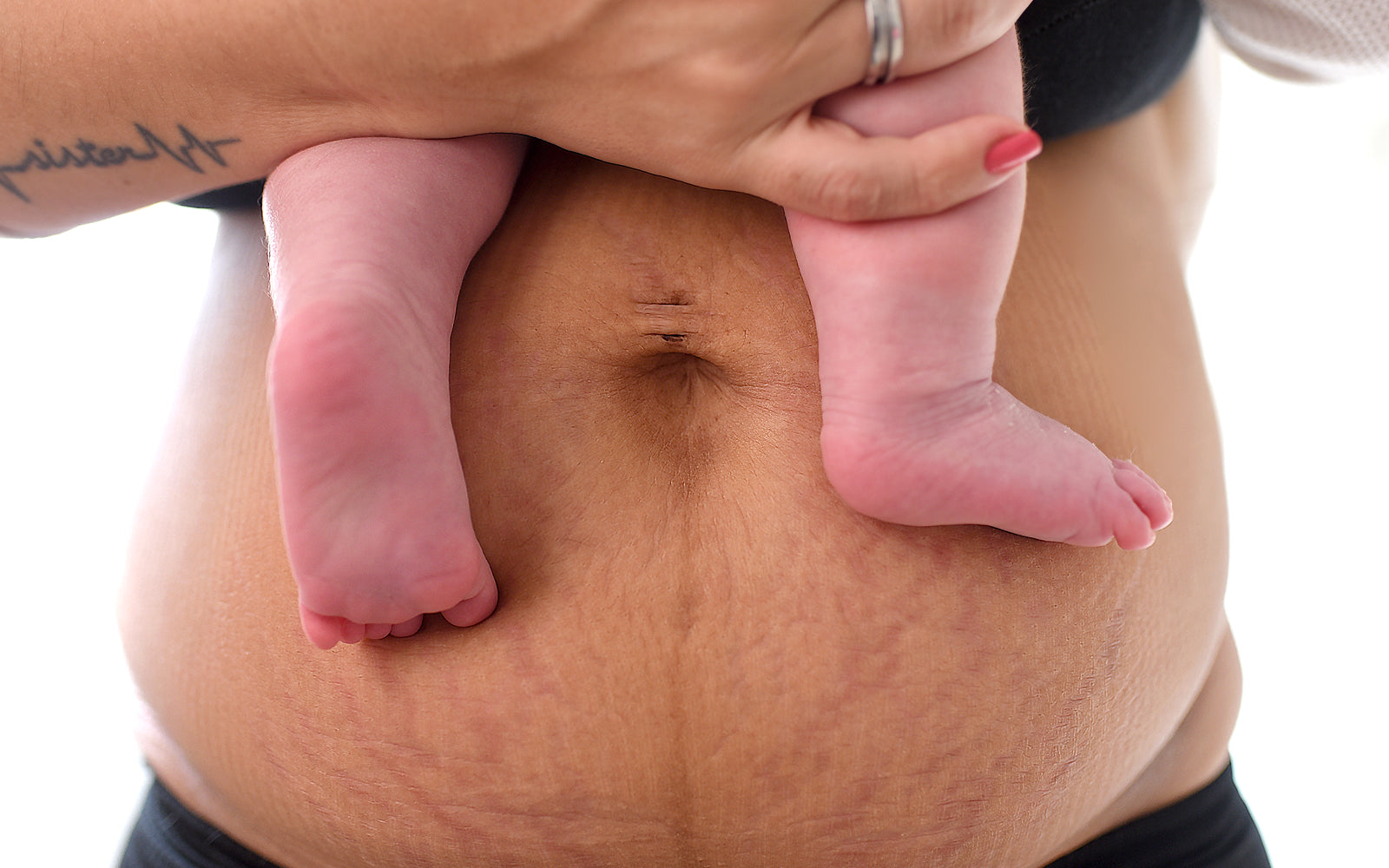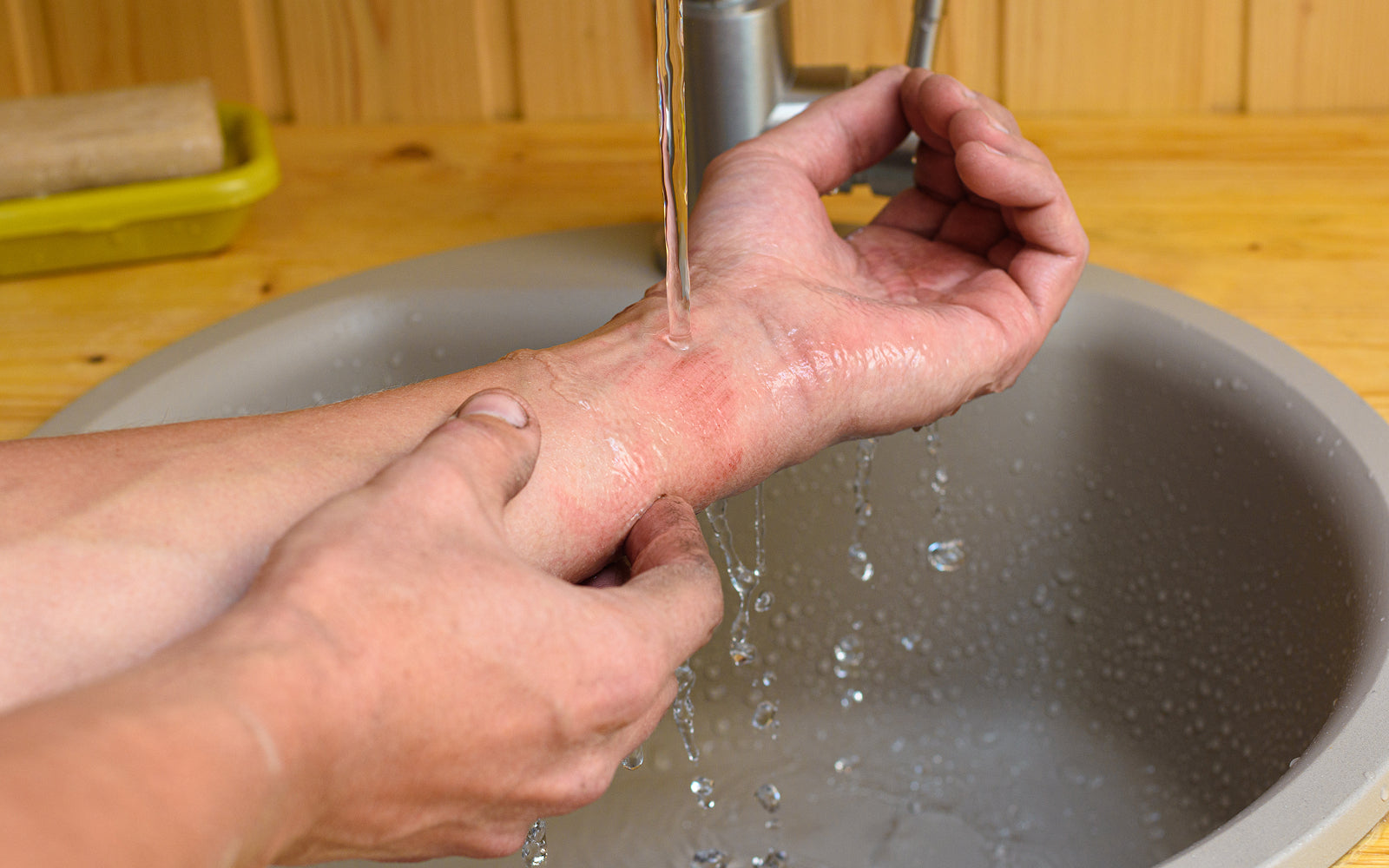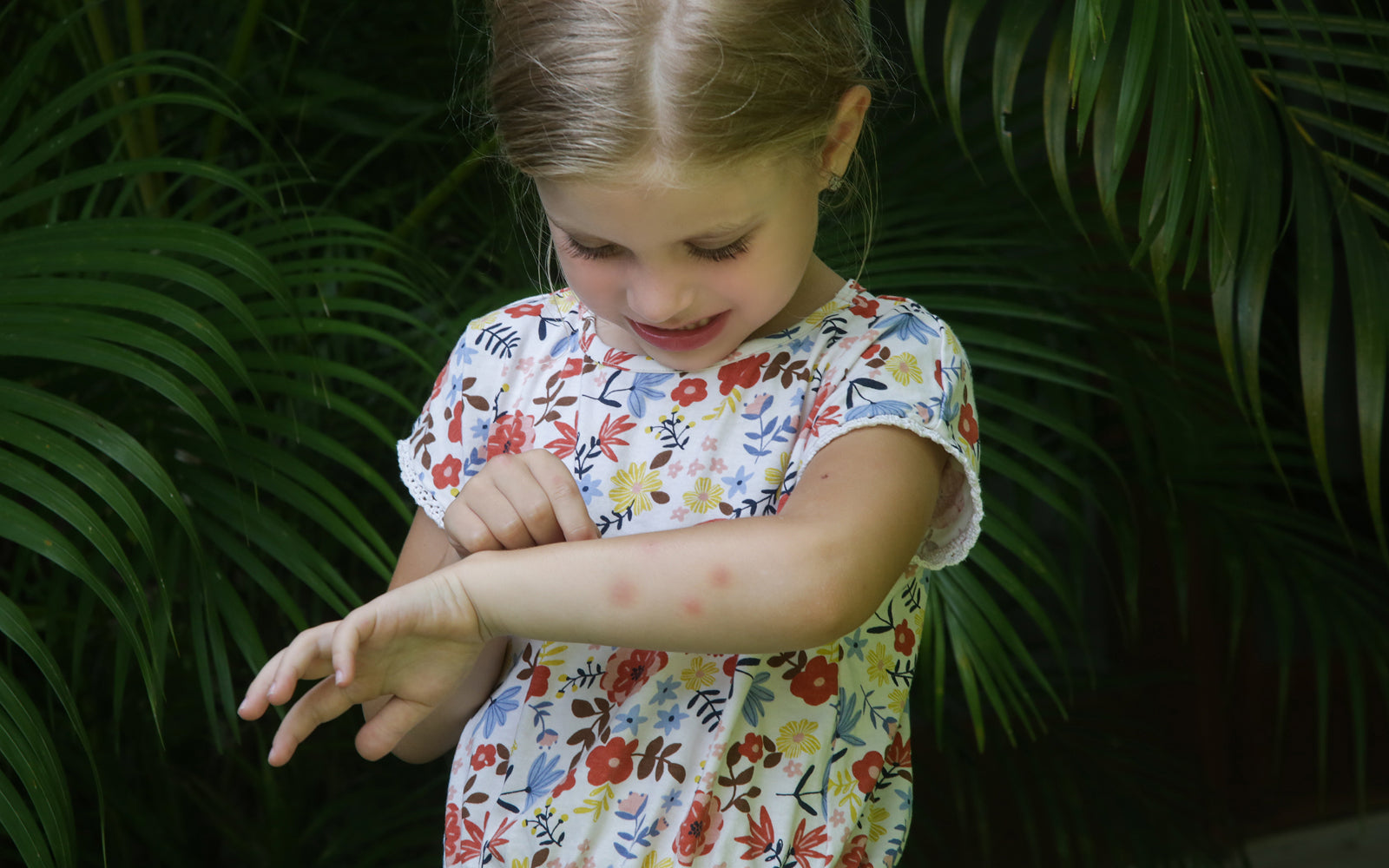
How to Treat An Insect Bite or Sting at Home
Most reactions to insect bites and stings are mild, causing little more than redness, itching, and stinging or minor swelling. Usually, the symptoms disappear in a day or two.1 However, in the case of an allergic reaction, or the rare event that an insect bite or sting from an insect causes a severe reaction, please call 911 or a doctor. Severe reactions include difficulty in breathing or swallowing, swelling of the lips, eyelids, or throat, dizziness, faintness or confusion, rapid heartbeat, hives, nausea, or vomiting.1,2 You should also contact a doctor if the bite or sting appears to be infected. Signs include redness with or without pus, warmth, fever, or a red streak that spreads out from the bite/sting.3
Immediate treatment for an Insect Bite or Sting:
Move to a safe place, to avoid more bites or stings.
If stung, remove the stinger as quickly as possible.
Wash the area with soap and water to remove any substances left behind from the insect.3
Avoid scratching the bite or sting, as that may cause a break in the skin.3
How to Treat an Insect Bite or Sting:
Preventing Skin Infection
After initially taking care of the insect bite or sting, it’s important to keep the area clean to reduce the chance of infection. The following steps can help:
- Wash the area with clean water twice daily
- Try to prevent opening the wounded area through scratching, which can lead to infection3,4
Relieving Pain and Itching
Even though the symptoms of insect bites and stings are mild, and temporary, they can cause a lot of discomfort. The pain and itching can be addressed in a number of ways:
- Put a cold compress or cloth-wrapped ice pack on the bite or sting
- Apply ice packs for 10 minutes on 10 minutes off. Repeat this process 3 to 6 times2,4
- If stung or bitten on the arm or leg, elevate it to decrease the swelling4
- You can take an oral antihistamine (Benadryl, others) to reduce itching, redness, and swelling. Use as directed.
- Don't give antihistamines to your child unless you've checked with a doctor first2,3,4
- Using Dermoplast Pain, Burn & Itch Spray as directed can help with the pain and itching
- Applying hydrocortisone cream or calamine lotion, as directed, to the bite or sting can also help relieve the inflammation, redness, and itching1,3
Symptoms to Watch for When Treating at Home:
Call your doctor if any of the following occur:
- You have symptoms of an allergic reaction, such as:
- A rash or hives (raised, red areas on the skin)
- Itching
- Swelling
- Difficulty breathing
- Belly pain, nausea, or vomiting
- Swelling increases around the site (such as your entire arm or leg is swollen)
- Signs of infection:
- Increased pain, swelling, redness, or warmth around the sting.
- Red streaks leading from the area
- Pus draining from the sting
- Flu-like symptoms develop
- Symptoms become more severe or more frequent2,3
References:
- Insect bites and stings: first aid. Mayo Clinic Website. https://www.mayoclinic.org/first-aid/first-aid-insect-bites/basics/art-20056593. February 17, 2018. Accessed March 2019.
- Insect bites and stings.Medline Plus Website. https://medlineplus.gov/ency/article/000033.htm. Accessed March 2019.
- Insect bites and stings. NHS Choices Website. https://www.nhs.uk/conditions/insect-bites-and-stings/treatment/. Updated January 7, 2016. Accessed March 2019.
- Bites and stings: Insects. Johns Hopkins Medicine Website. https://www.hopkinsmedicine.org/healthlibrary/conditions/pediatrics/bites_and_stings_insects_85,P01032. Accessed March 2019.


